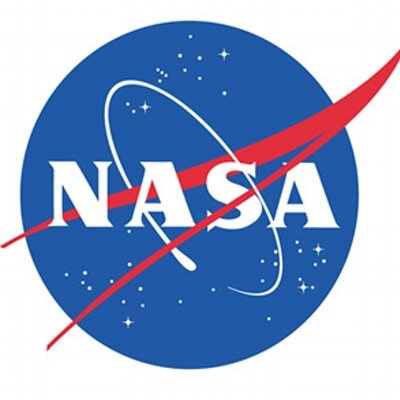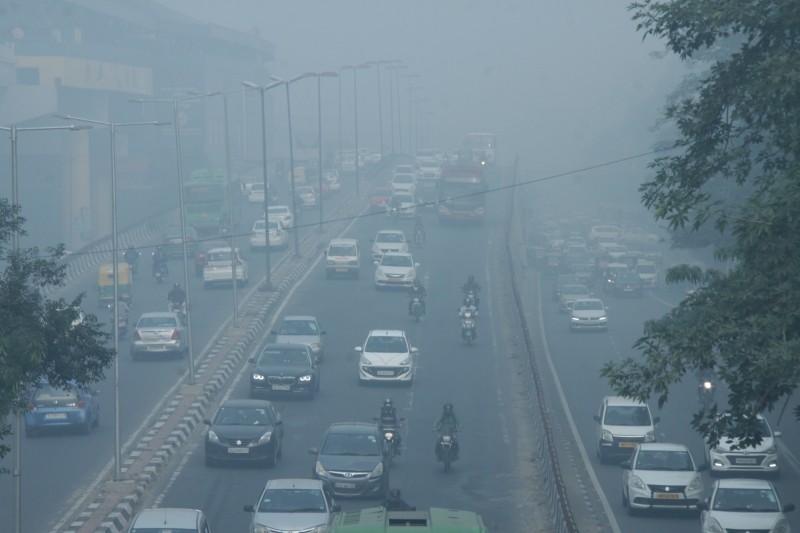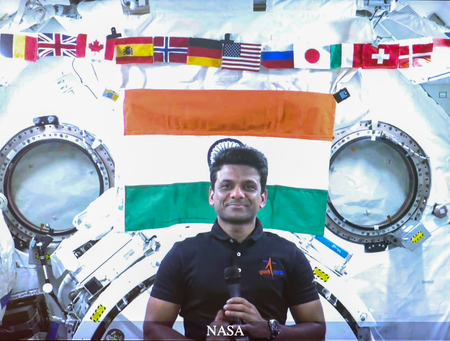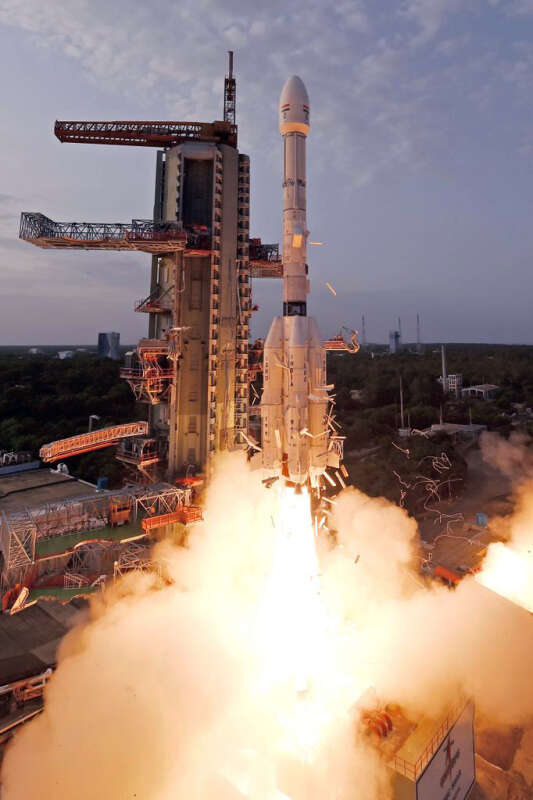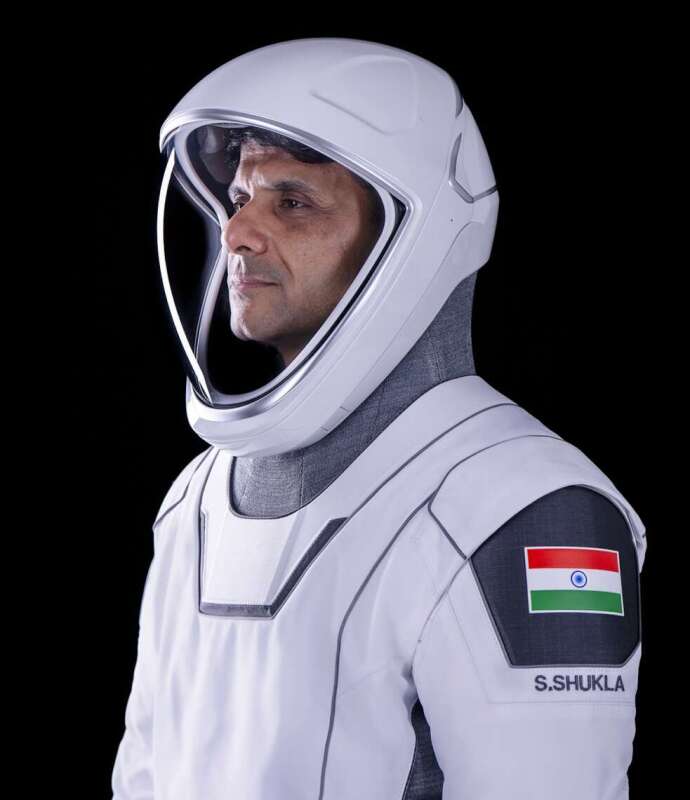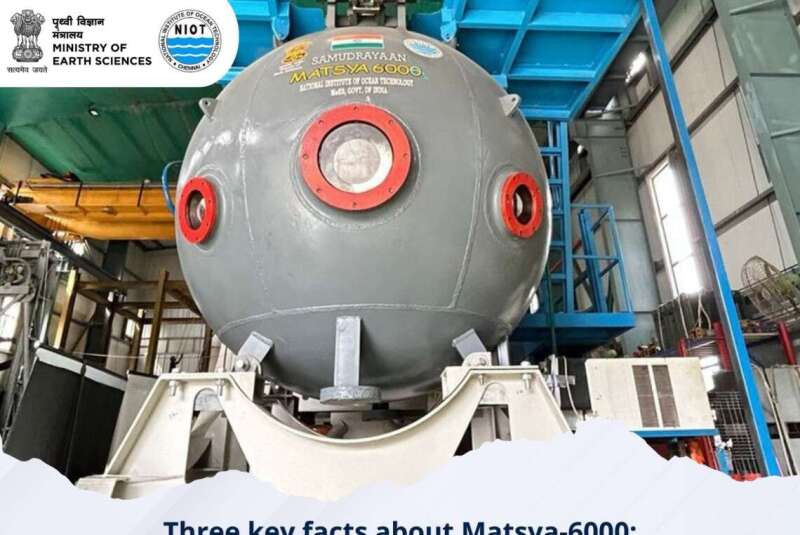NASA has partnered with European Space Agency (ESA) and Japan Aerospace Exploration Agency (JAXA) to unveil a global view of Covid-19 impacts.
This dashboard of satellite data showing the impacts of the global response to the coronavirus pandemic on the environment and socioeconomic activity will be released on June 25, NASA said on Thursday.
The “Covid-19 Earth Observation Dashboard” is a tri-agency collaboration that brings together current and historical satellite observations with analytical tools to create a user-friendly information resource for the public and researchers, NASA said.
The dashboard tracks key indicators of changes in air and water quality, climate, economic activity, and agriculture.

Through its Rapid Response and Novel Research in Earth Science (RRNES) initiative, NASA is providing funding for selected, rapid-turnaround projects that make innovative use of satellite data and other NASA resources to address the different environmental, economic and societal impacts of the pandemic.
Some of these projects will explore the reasons behind uneven gains on urban air quality, impact of air pollution reduction on atmosphere and how air pollution affects water quality.


